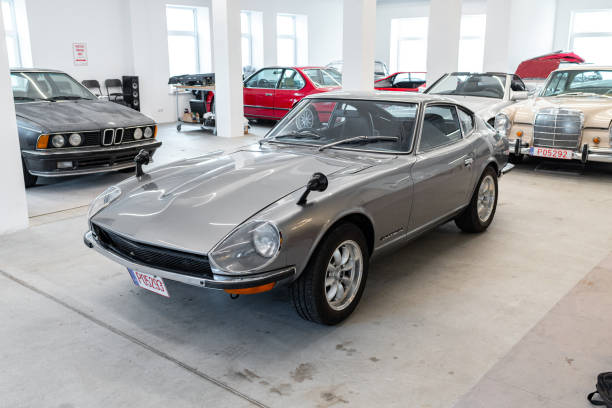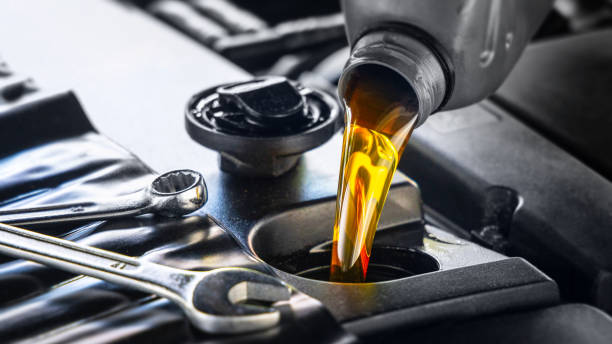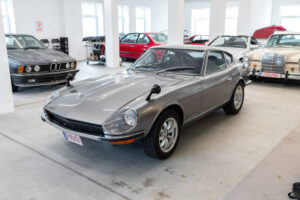The debate between muscle cars and tuner cars has existed for decades among car enthusiasts across the world. Both styles represent unique automotive cultures with distinct characteristics and fanbases.
Muscle cars hail from classic American history and represent brute power and bold design. In contrast, tuners come from a culture of innovation, customization, and performance upgrades born in Japan and Europe.
Fans of each camp are passionate about their choice, defending the raw horsepower of muscle cars or the agility and precision of tuner builds. This rivalry shows no signs of fading.
Choosing a side often depends on personal taste, driving style, and cultural influence. Let’s explore how these car types differ and why the debate still rages on today.
2. The Origins of Muscle Cars
Muscle cars originated in the United States during the 1960s. These vehicles were typically mid-size models fitted with large-displacement V8 engines designed for straight-line speed and dominance.
Vehicles like the Pontiac GTO, Ford Mustang, and Dodge Charger defined the muscle era. They were accessible, powerful, and built for performance on the drag strip and streets.
Muscle cars became symbols of American automotive pride and rebellion. Their roaring engines and aggressive looks reflected a culture that valued strength and freedom on the open road.
Over the years, muscle cars evolved, but their core identity remains intact. Today’s modern versions still echo the legacy of their classic counterparts while integrating new technologies.
3. The Rise of the Tuner Scene
Tuner cars emerged as compact imports that gained popularity for their affordability and performance potential. Japan, especially, played a major role in shaping the tuner movement.
Models like the Honda Civic, Toyota Supra, and Nissan Skyline became global icons for their customizable nature and high-revving, efficient engines, often with turbocharged setups.
Tuners thrived on innovation, often being upgraded with aftermarket parts for improved speed, handling, and aesthetic appeal. Owners typically tuned cars to fit their style and racing needs.
Unlike muscle cars, tuners emphasize precision and agility. The culture promotes DIY upgrades and community garage builds rather than factory-fresh horsepower straight out of a showroom.
4. Performance Comparison: Power vs Precision
Muscle cars dominate in terms of raw power and acceleration. Their massive engines produce impressive torque, making them ideal for drag racing and straight-line speed challenges.
Tuners, however, excel in handling, cornering, and efficient power delivery. Lightweight frames and turbocharged engines allow tuners to outmaneuver muscle cars on twisty tracks or streets.
While muscle cars focus on brute force, tuners rely on tuning finesse and smart engineering. It’s a battle of brawn against brains, each excelling in their respective domains.
Performance metrics vary depending on tuning, driver skill, and purpose. Whether it’s quarter-mile dominance or track-day finesse, both types can be built to win in their way.
5. Aesthetic and Styling Differences
Muscle cars have bold, aggressive designs with long hoods, sharp lines, and a low stance. Their looks command attention and reflect raw power even when standing still.
Tuners, on the other hand, embrace sleek, modern styles. Wide-body kits, neon underglow, and carbon fiber elements are common, giving tuners a futuristic and edgy appearance.
The tuner aesthetic is more about customization and uniqueness. Owners often personalize their rides extensively, resulting in a diverse range of visual styles across the tuner scene.
In contrast, muscle cars tend to honor tradition. Even modern muscle designs nod to their vintage ancestors, maintaining classic styling cues that fans have loved for generations.
6. Modification Culture and Aftermarket Support
Tuner culture is deeply rooted in customization. There’s an entire industry supporting upgrades for every part of a car—from the engine to suspension, audio, and body kits.
Muscle cars also have a strong aftermarket scene, but their upgrades usually focus on increasing engine power and maintaining the car’s original spirit rather than radical transformations.
The tuner community thrives online and at car meets, where owners exchange tips, showcase builds, and compete in races. It’s a highly collaborative and passionate group of enthusiasts.
Muscle car modders tend to be older, often valuing restorations, superchargers, and classic builds. Their approach is more about preserving tradition than pushing experimental boundaries.
7. Cost and Accessibility
Tuner cars are generally more affordable to start with. Vehicles like the Subaru WRX or Mitsubishi Lancer Evo offer great performance with a reasonable price tag and lower maintenance costs.
Muscle cars, especially classics, can be expensive to buy and restore. Modern versions like the Camaro ZL1 or Dodge Hellcat also carry high price tags and running costs.
Tuners are often chosen by younger enthusiasts who want to learn about cars and gradually upgrade them. It’s a more accessible entry point into the world of performance vehicles.
In contrast, muscle cars require more investment but deliver incredible factory-built performance. Many see them as collector’s items and long-term automotive passions rather than budget builds.
8. Street vs Track Performance
Muscle cars were born for the street and the drag strip. Their raw acceleration and engine sounds make them ideal for short bursts of speed and cruising in style.
Tuners are built with the track in mind. Their handling, balance, and braking power give them an advantage on twisty circuits or street courses with lots of turns and technical sections.
Street racing scenes feature both car types, but tuners are more agile in urban settings. Their compact size and suspension tuning allow them to dominate tight city streets.
Track performance often favors tuners due to their weight distribution and control. While muscle cars can be tuned for tracks, their bulk can be a disadvantage on technical layouts.
9. Community and Car Culture
The tuner community is global and extremely active online. Social media, YouTube channels, and forums are packed with build videos, reviews, and advice for aspiring modifiers.
Muscle car fans often gather at shows, auctions, and cruise nights. Their culture is deeply rooted in American tradition, history, and a love for V8 engine symphonies.
Tuner events focus on creativity and performance challenges, like autocross and drift competitions. The atmosphere is energetic and often appeals to a younger, tech-savvy crowd.
Muscle car meets tend to be more nostalgic, celebrating automotive heritage and mechanical simplicity. The owners often value craftsmanship and restoration just as much as raw speed.
10. Environmental and Fuel Considerations
Muscle cars are known for gas-guzzling engines that emit more pollutants. Even with newer emissions standards, they often have lower fuel efficiency due to engine size and weight.
Tuners typically use smaller, more efficient engines that can be turbocharged for power. They generally have better fuel economy and can be optimized for eco-conscious performance tuning.
Environmental concerns are influencing both communities. Some tuners explore hybrid or electric swaps, while muscle car manufacturers are starting to develop electric muscle vehicles like the Dodge Charger EV.
As regulations tighten, sustainability is becoming a bigger focus. The debate may evolve as both cultures find ways to preserve their spirit in a more environmentally responsible era.
11. Popularity in Media and Pop Culture
Muscle cars have starred in countless Hollywood films, especially in action-packed classics like Bullitt, Fast & Furious, and Gone in 60 Seconds. They’re symbols of freedom and rebellion.
Tuners took the spotlight with The Fast and the Furious franchise, helping bring JDM culture into the mainstream. Their flashy mods and drifting scenes became iconic among fans.
Video games like Need for Speed and Gran Turismo have further amplified tuner popularity, giving players a chance to build and race customized imports in virtual worlds.
Both car types are staples in pop culture but appeal to different generations. While muscle cars capture nostalgia and Americana, tuners connect with tech-savvy, global audiences.
12. Conclusion: Is There a Clear Winner?
There’s no definitive winner in the muscle vs tuner debate. Both car types offer unique experiences and represent different philosophies about what makes a car exciting and valuable.
Muscle cars emphasize raw power, classic style, and American automotive heritage. Tuners focus on innovation, customization, and the thrill of engineering your own unique machine.
The choice between them often comes down to personal taste, budget, and goals. Whether you prefer the rumble of a V8 or the whistle of a turbo, both offer driving joy.
Ultimately, the ongoing debate keeps the automotive world lively. It pushes boundaries, inspires creativity, and celebrates the diverse ways people express their love for cars.












